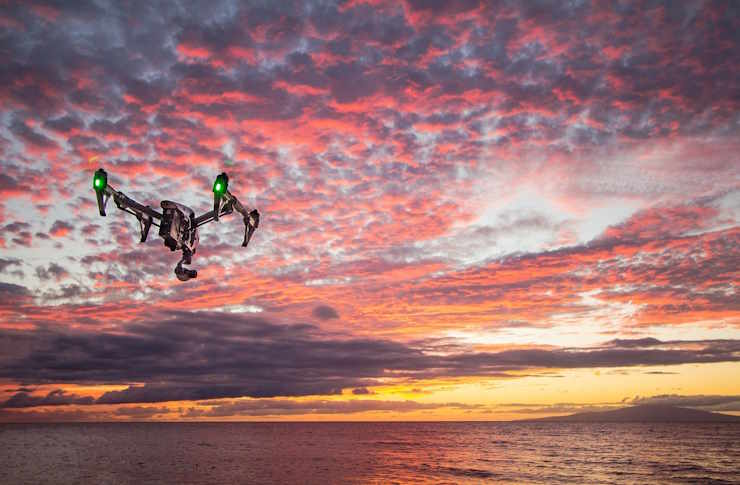The Unveiling of the Emergent Legal Perspective: The Drone Laws in the United States
Dive into the digital age's newest conundrum: drone laws in the United States, how they've evolved, the current legal landscape they engrain, and their ramifications for individuals and society.

The Advent of Drones and the Legal Landscape
As technological advancements propelled the utilization of drones, the legal scene in the United States was left scrambling to catch up. Initially, drones, or Unmanned Aerial Vehicles (UAVs), were primarily for military use. However, the past decade has witnessed drones’ transition into civilian hands. From drone photography and delivery systems to stealthy peeping gadgets, the emergence of drones has initiated a new chapter in American law.
From FAA Regulations to the Reauthorization Act
The Federal Aviation Administration (FAA) rules were among the first to address civilian drone usage. The FAA’s 14 CFR Part 107, enacted in August 2016, set out the basic requirements for commercial drones. This included weight restrictions, speed limits, and operator certification requirements.
However, legislative complexity arose as the technology evolved and popular usage grew. Recognizing this, Congress adopted the FAA Reauthorization Act in 2018, reinforcing certain regulations while extending FAA’s purview over drone operations in the United States.
Current Legal Updates on Drone Laws
In November 2020, the U.S. Department of Justice (DOJ) issued guidelines concerning the lawful use of UAVs. These guidelines sought to balance the public’s legitimate interest in privacy with the country’s security needs.
Meanwhile, many states have recently initiated drone regulations reflecting their specific needs. For example, Texas law prohibits drone use for surveillance purposes without consent, while California has placed stringent restrictions on drones recording interferences with emergency responders.
Implications and Impact on Individuals and Society
Drone laws have broad implications for individual citizens, governments, and corporations. From a constitutional perspective, the laws raise questions concerning aerial surveillance, Fourth Amendment search and seizure protections, and First Amendment expressive activities.
On a practical level, these laws have reshaped various industries. Drone delivery service promises to revolutionize the logistics industry. However, there are concerns about disturbances caused by low-flying drones, invasive surveillance, and threats to commercial aviation.
The Way Forward: Balancing Progress and Privacy
The challenge for drone laws lies in striking a balance between embracing technological advancement and respecting privacy and safety laws. As drones increase in popularity, this regulatory balancing act will only grow trickier. Navigating this legal maze demands a careful understanding of the transformative technology and the existing legal frameworks.
The emergence of drone laws marks a new frontier in American legislation where technology, law, and society intersect. As we move further into the digital age, it remains crucial to understand how these laws will continue to evolve and shape our perception of privacy, freedom, and technological innovation.




